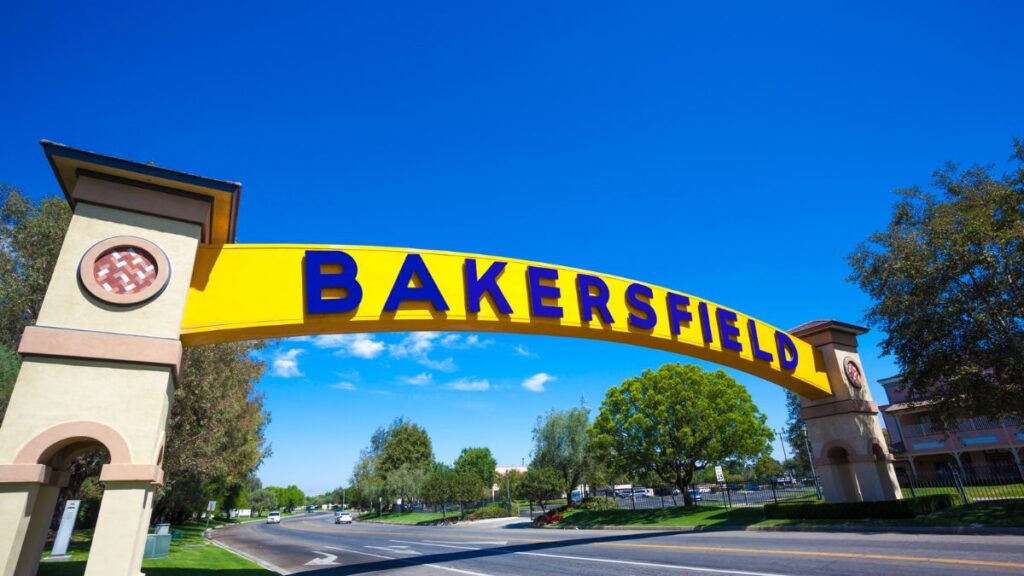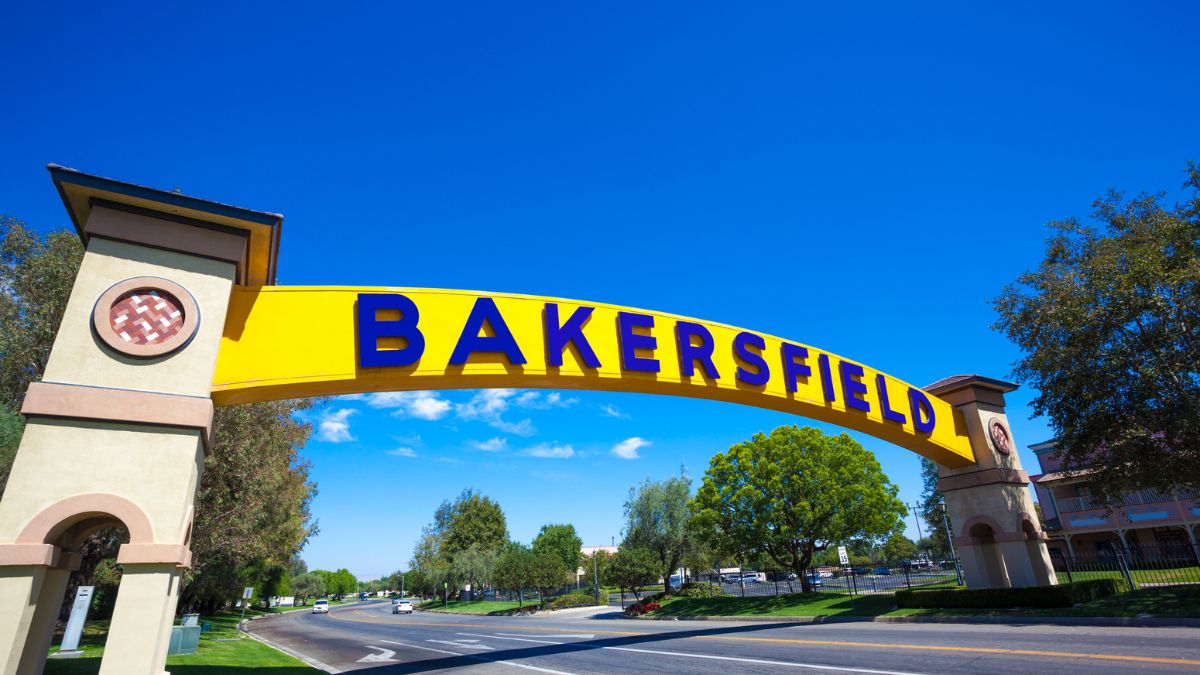No, it does not snow in Bakersfield. Snowfall there is an extremely rare occurrence. The city experiences a Mediterranean climate characterized by hot and dry summers and mild, wet winters. The average winter temperatures in Bakersfield range from the mid-60s°F during the day to the mid-40s°F at night, which are not conducive to snow formation.
Bakersfield is a city located in California’s San Joaquin Valley. It is known for its warm climate and agricultural activities. However, when it comes to snowfall, Bakersfield is not typically associated with winter wonderlands.

Historical records indicate that Bakersfield has seen snowfall on a few occasions, but these events are infrequent and memorable due to their rarity. While these exceptions do occur, it is important to note that snowfall remains a rare and fleeting phenomenon in Bakersfield.
If you want to experience snow, nearby mountainous regions such as the Sierra Nevada Mountains offer winter activities within a short drive from Bakersfield.
Several factors contribute to the scarcity of snow in Bakersfield. The city’s relatively low elevation of about 400 feet above sea level puts it closer to warm air masses.
The coastal mountain ranges also act as a barrier, preventing cold air and snowstorms from reaching Bakersfield. The moderating effect of the nearby California Current, a cold ocean current along the Pacific coast, also reduces the chances of snowfall.
Geography & Climate Of Bakersfield
Examining the region’s climate and geographical location is essential to understand the likelihood of snowfall in Bakersfield.
Bakersfield falls under the Mediterranean climate classification, characterized by hot and dry summers with mild, wet winters. The city experiences hot temperatures during the summer months, with average highs ranging from 90°F to 100°F.
Three main factors influence the occurrence of snow in Bakersfield:
- Low Elevation: Bakersfield is situated at an elevation of approximately 400 feet above sea level. Cold air tends to sink, making it less likely for Bakersfield to experience snowfall.
- Coastal Mountain Ranges: Bakersfield is surrounded by several mountain ranges. This mountain ranges act as barriers, shielding Bakersfield from incursions of cold air and snowstorms.
- California Current: The relatively milder temperatures associated with the California Current make snowfall less probable in Bakersfield.
These geographical factors collectively contribute to the Mediterranean climate of Bakersfield, characterized by mild winters and limited snowfall.
Winter Weather in Bakersfield
When it comes to winter weather, Bakersfield tends to be milder compared to other regions in California or the United States. The average winter temperatures in Bakersfield range from the mid-60s°F during the day to the mid-40s°F at night.
Historical Snowfall in Bakersfield
While Bakersfield’s climate leans towards warmer conditions, there have been rare instances of snowfall in the region. Looking back at the historical data, Bakersfield has experienced snowfall on a few occasions, although these events are highly infrequent.
The last recorded snowfall in Bakersfield occurred on January 25, 1999, with a light dusting that melted quickly. Another significant snowfall that Bakersfield witnessed was on January 5, 1962, when it received approximately 6 inches of snow.
Factors Influencing Snowfall
Several factors contribute to the rarity of snowfall in Bakersfield. One major factor is the city’s relatively low elevation. Bakersfield sits at an elevation of approximately 400 feet above sea level, which means it is closer to the warm air masses that dominate the region.
Additionally, the California Current, a cold ocean current along the Pacific coast, helps moderate temperatures and reduce the chances of snowfall. The combination of these geographical factors limits the occurrence of snow in Bakersfield.
Occasional Exceptions
Although snowfall in Bakersfield is a rare event, there have been exceptional cases when weather patterns deviated from the norm.
For example, in February 2019, a winter storm brought unexpected snowfall to Bakersfield. Residents woke up to a picturesque scene as a couple of inches of snow blanketed the city.
Enjoying Snow Near Bakersfield
Although Bakersfield rarely sees significant snowfall, residents and visitors can experience snow by venturing into nearby mountainous regions. The Sierra Nevada Mountains, located east of Bakersfield, offer winter activities such as skiing, snowboarding, and snowshoeing.
Popular destinations like Lake Tahoe, Mammoth Lakes, and Yosemite National Park are within a few hours’ drive and provide ample opportunities for snow-related recreation.
Overview
Does it snow in Bakersfield? Snowfall in Bakersfield is a rare and exceptional occurrence. The city’s Mediterranean climate, low elevation, and geographical factors contribute to its mild winters, making it an unlikely destination for snow enthusiasts.
However, despite the snow scarcity in Bakersfield, nearby mountain ranges provide ample opportunities for those seeking snow-related activities.
So, while snow may not be a common sight in Bakersfield, residents and visitors can still enjoy the beauty and adventure of winter by exploring the nearby snow-capped mountains.
Frequently Asked Questions
Q: How cold does Bakersfield get?
The cool season in Bakersfield lasts for about 3 months, from November to February. The city experiences an average daily high temperature below 66°F. The coldest month of the year in Bakersfield is December, with an average low of 41°F and a high of 60°F.
Q: What is winter like in Bakersfield, CA?
The daily high temperatures of Bakersfield increase by 5°F, from 62°F to 67°F, rarely falling below 50°F or exceeding 77°F. Daily low temperatures are around 44°F, rarely falling below 33°F or exceeding 54°F.
Q: Is Bakersfield a good city to live in?
Bakersfield is a good city to live in. Although it is a small city, if you are planning to settle down, it is a great place because it has affordable living compared to other cities and California.
